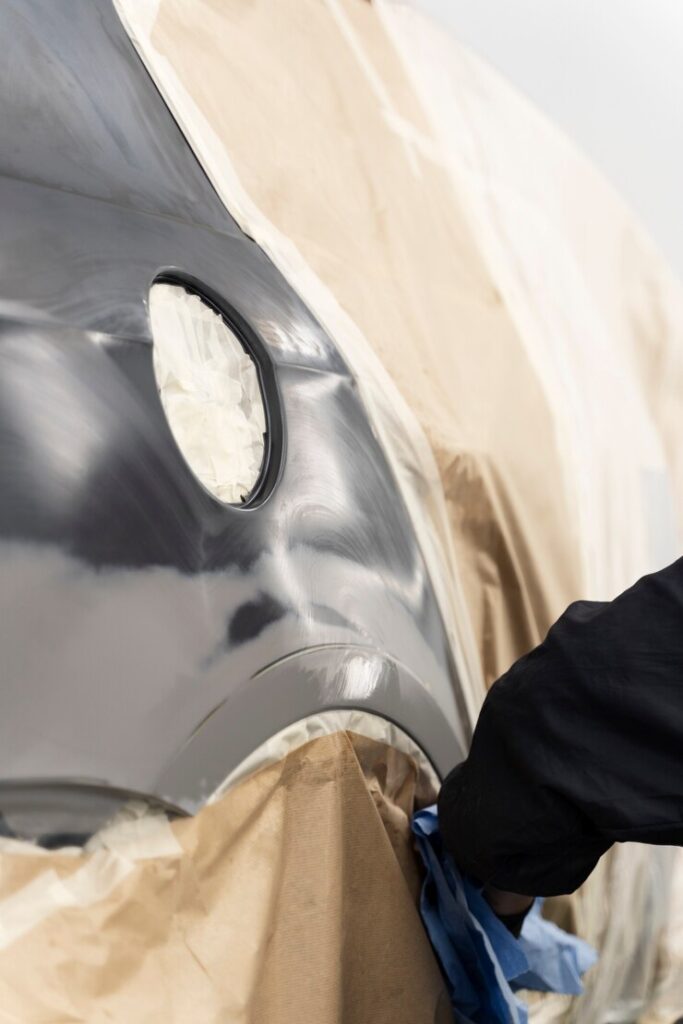Developing Next-Generation High-Performance Plastics for Automobile Exteriior using Simreka's Data and AI powered Platform

Overview
This case study highlights the development of high-performance plastics specifically engineered for automotive exterior applications using Simreka’s AI-powered simulation software. Designed to meet the rigorous demands of the automotive industry, these materials offer enhanced durability, aesthetic appeal, and resistance to environmental factors, significantly improving the performance and longevity of automotive components.
Objective
The primary goal was to develop a new line of plastic formulations that meet the stringent requirements for automotive exteriors, including high thermal stability, impact resistance, weatherability, and reduced vehicle weight for better fuel efficiency.
Development Process
The project involved several critical steps leveraging Simreka’s cutting-edge technology:
- Material Selection: The process began with selecting high-performance polymers known for excellent thermal and mechanical properties.
- Data-Driven Analysis: Utilizing historical performance data and predictive modeling, Simreka’s software optimized the material formulations and processing techniques, ensuring the plastics met specified requirements.
- Laboratory Testing: Rigorous testing validated the performance characteristics of the new plastics, confirming their suitability for real-world applications.
Challenges
Several challenges were addressed during the development process, including:
- Thermal Stability: Ensuring plastics could withstand high temperatures without deforming, crucial for components near engines or in direct sunlight.
- Impact Resistance: Developing plastics tough enough to withstand impacts without cracking, essential for safety and durability.
- UV Resistance: Engineering materials to resist UV degradation, maintaining mechanical properties and color over time.
- Chemical Resistance: Guaranteeing resistance to automotive fluids like oils and fuels.
- Aesthetic Quality: Achieving a high-quality surface finish compatible with painting and coating processes, meeting consumer aesthetic demands.
Results
The application of Simreka’s software yielded groundbreaking results:
- Thermal Stability: Developed plastics exhibited thermal degradation temperatures exceeding 300°C.
- Impact Resistance: Impact resistance improved by 50% over industry standards.
- Weight Reduction: The new materials were 30% lighter than traditional counterparts, contributing to more fuel-efficient vehicles.
- UV Resistance: Demonstrated excellent UV resistance, maintaining mechanical integrity and appearance after 1,000 hours of exposure.
- Aesthetic Appeal: Achieved a smooth, glossy finish enhancing the visual appeal of exterior automotive components.
Benefits
The newly developed high-performance plastics offer significant advantages:
- Weight Reduction: Lighter materials improve fuel efficiency and reduce emissions.
- Enhanced Durability: Superior resistance to UV light, chemicals, and physical impacts extends the lifespan of automotive components.
- Design Flexibility: The plastics’ moldability allows for more innovative designs and improved aesthetics.
Insights and Data Utilization
The development provided valuable insights:
- Benchmarking: Established clear performance benchmarks for thermal stability and impact resistance.
- Predictive Modeling: Simulations anticipated material behavior under different conditions, refining properties before physical testing.
- Lifecycle Analysis: Environmental impact evaluations supported sustainable material selections.
- Industry Collaboration: Feedback from automotive partners ensured that the materials aligned with industry standards and expectations.
Conclusion
Using Simreka’s AI-powered simulation software, the project successfully developed advanced plastics that not only meet but exceed the performance requirements for automotive exterior applications. These innovations not only cater to current industry demands but also set new standards for the future of automotive manufacturing, emphasizing sustainability, efficiency, and advanced material science. This case study exemplifies how integrating AI and data-driven methodologies can transform material development and lead to superior industrial products.